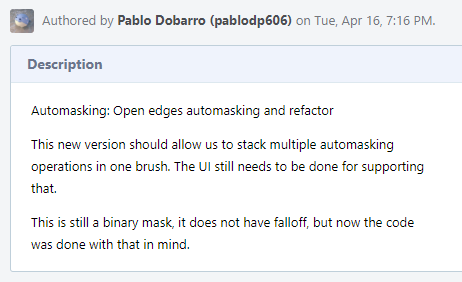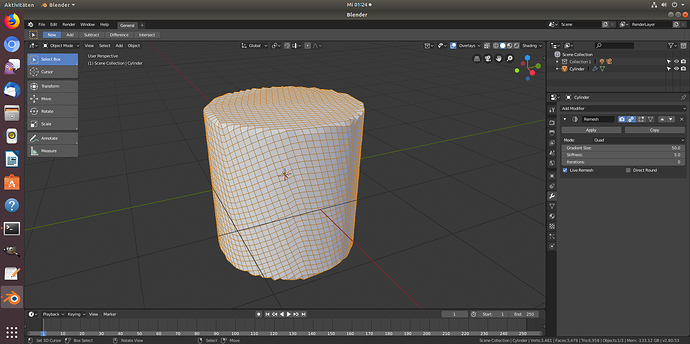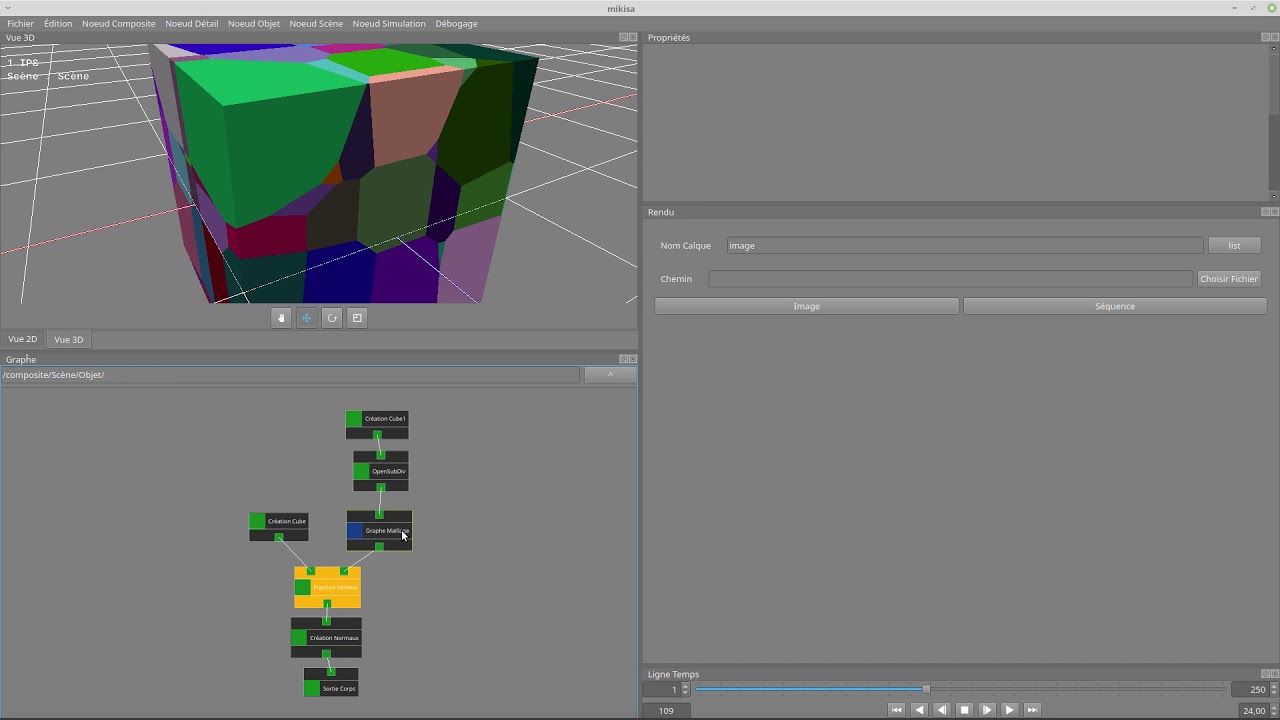I fully agree with your point of view KWD. I am fearful though that users will be denied this functionality for another 5 years if not more. Which is why elegant solutions are sought here that I hope developers like yourself can steer it in right direction increasing chances of being accepted to master.
Volumes are also sorely needed and one of the last strong missing points to solve complex vfx production scenarios without compromise. Last time I worked with sea animation (imported from houdini), I had to use emissive shaded spheres to emulate whitewater, foam and could not even import mist. This is very embarrassing to admit and not right. What about clouds, destruction animations(rbd debries+volumes), instancing fires/smoke across some destroyed area (+time, shading offset). These are some of the issues I have run into and compromise on each time. In 2019 I think Blender’s the only main DCC application who still cannot straightforwardly import these assets. I’d be happy to simulate all day and provide examples of any software required to make this watertight incase any DEV picks this up.
Regarding nodes, I do agree that they will offer maximum flexibility. Problem with each nodal system (such as ICE, MCG, blueprints, even AN) is that not all functionality is exposed and it takes many years for it to mature. I had to extend Blueprints with C++ class nearly immediately when I had to use it in production, I had to rewrite AN graph with python callback as I hit roadblock. MCG introduces new nodes yearly, still more often than not it’s easier to just do it in maxscript. In Houdini that is the most comprehensive solution, people prefer to use Wrangle(script) nodes to write anything with VEX compared to VOP that takes 10x the time and can get very big and confusing if you introduce a few loops. Even if we look at Cycles now, some of the most amazing procedural materials done with it(Bricks, snake scales, eyeballs etc), what is the percentage of people capable of doing that of your userbase? I would honestly say, I would struggle and I would hate the messy graph. That is the problem with nodes VS a stack or few checkboxes and sliders as is the case with C4D, Realflow, Modo, even AE(vs Nuke), SP(vs SD). You might compromise on a tiny bit of functionality, but flipside of it is that every user will be able to understand and apply it.
In conclusion, just kindly asking to find a way to integrate this very powerful functionality into 2.81, rather than putting it on backburner for unknown distant time in future with everything nodes. When that time comes, take it a notch higher.





